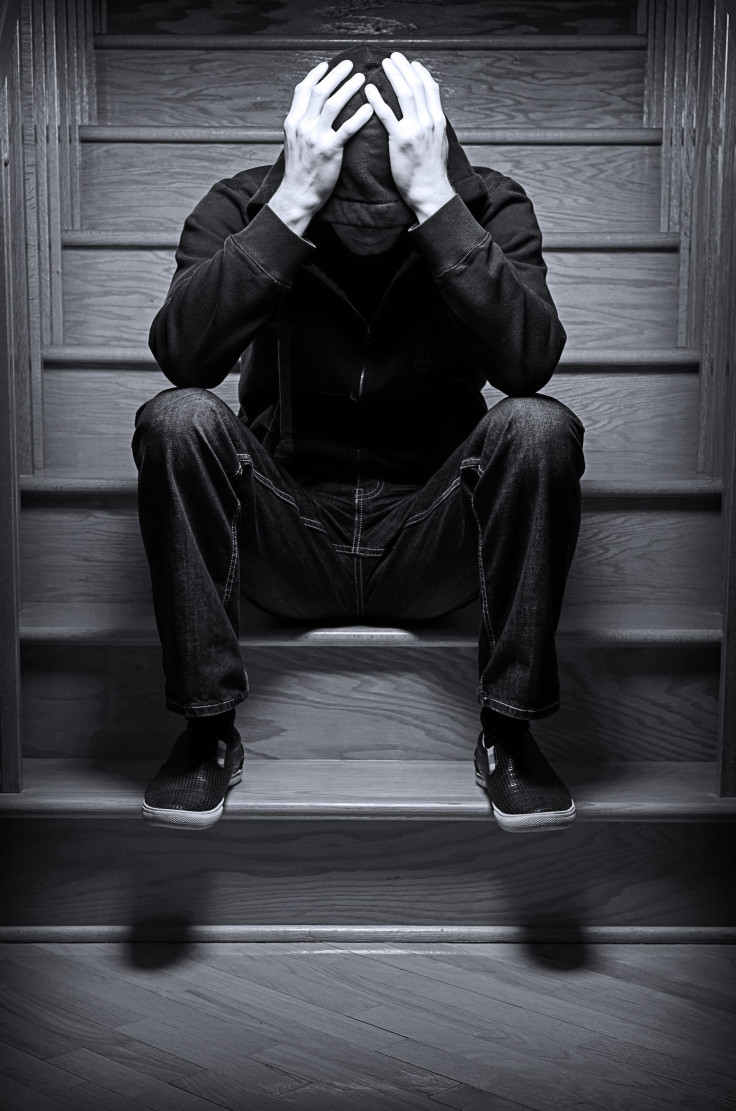Teens May Cope With Bullying By Taking Sexual Risks, Using Drugs And Alcohol

Adolescent bullies and victims of bullying engaged in more casual sex — sometimes under the influence — than their peers who did not have any experience with bullying, researchers reported in a new study. Heterosexual teens primarily exhibited this trend in sexual risk taking.
"Some previous research has found that aggression and sexual risk-taking are related, so it was not entirely surprising that bullies and bully-victims reported more sexual risk-taking than their peers," lead author, Melissa K. Holt, of Boston University School of Education told Reuters.
Previous research has associated bullying with alcohol and drug use, smoking, and psychosomatic problems, the authors said. “[R]esearch suggests that bullying can be conceptualized as a stressor leading to stress-related psychosomatic problems and maladaptive coping strategies such as substance use,” they wrote in the study. “Sexual risk taking might reflect another potential maladaptive coping strategy.”
Almost 9,000 high school students from 24 different schools across the United States filled out a survey that inquired about their experience with bullying and engaging in casual sex, as well as having sex while under the influence of alcohol or drugs.
With regard to heterosexual youth, sexual risk taking was associated with bullying even after other forms of victimization were taken in to account. Conversely, the authors pointed out that stressors other than bullying may predict sexual risk taking among LGBTQ youth.
"These unique stressors associated with being a sexual minority might translate into coping mechanisms that are different than those used by straight teens," Holt said. The likelihood that LGBTQ youth reported being bullied was twice that of their heterosexual counterparts. This group also had higher rates of reported dating violence and sexual abuse.
Girls were less likely to be involved with bullying than boys, which is also consistent with previous findings.
Approximately 80 percent of the respondents claimed to not have any experience with bullying. Of them, seven percent reported having had casual sex with someone they recently met or weren’t well acquainted with, while 12 percent conveyed having sex under the influence. These proportions were similar for bullying-victims who had never bullied others.
Among the six percent of students who committed acts of bullying, about 25 percent engaged in casual sex. Similarly, of the six percent who have bullied as well as been bullied, 20 percent engaged in casual sex while 23 percent had sex under the influence.
Altogether, the authors concluded, “bullying prevention programs and programs aimed at reducing unhealthy sexual practices should consider a broader stress and coping perspective and address the possible link between the stress of bullying involvement and maladaptive coping responses.”
Source: Holt M, Matjasko J, Espelage D. Sexual Risk Taking and Bullying Among Adolescents. Pediatrics. 2013.



























